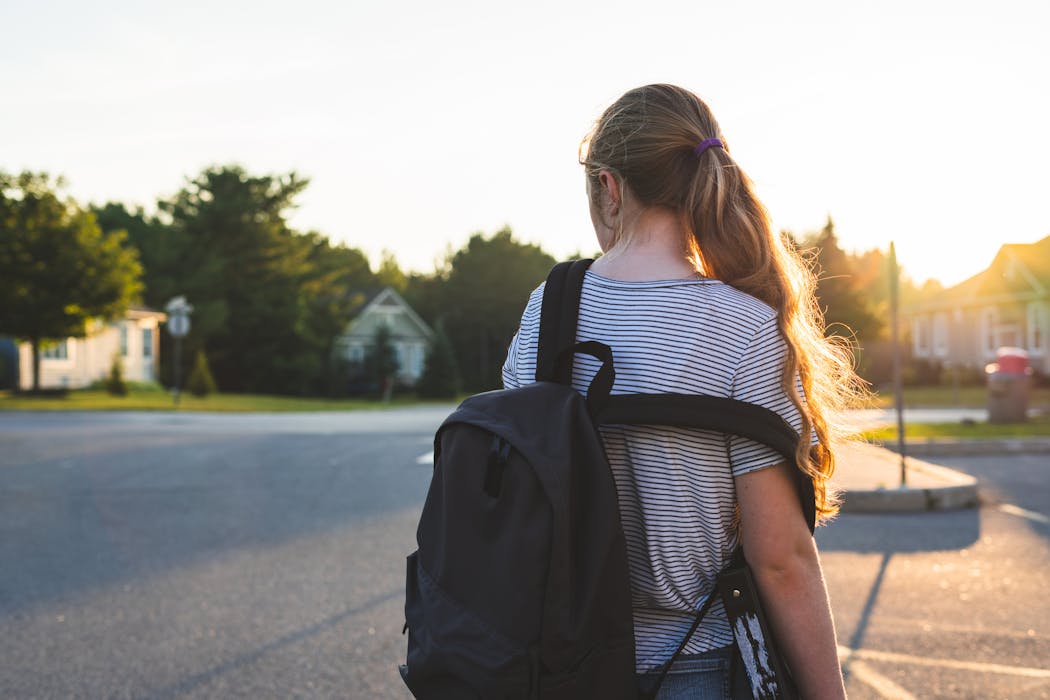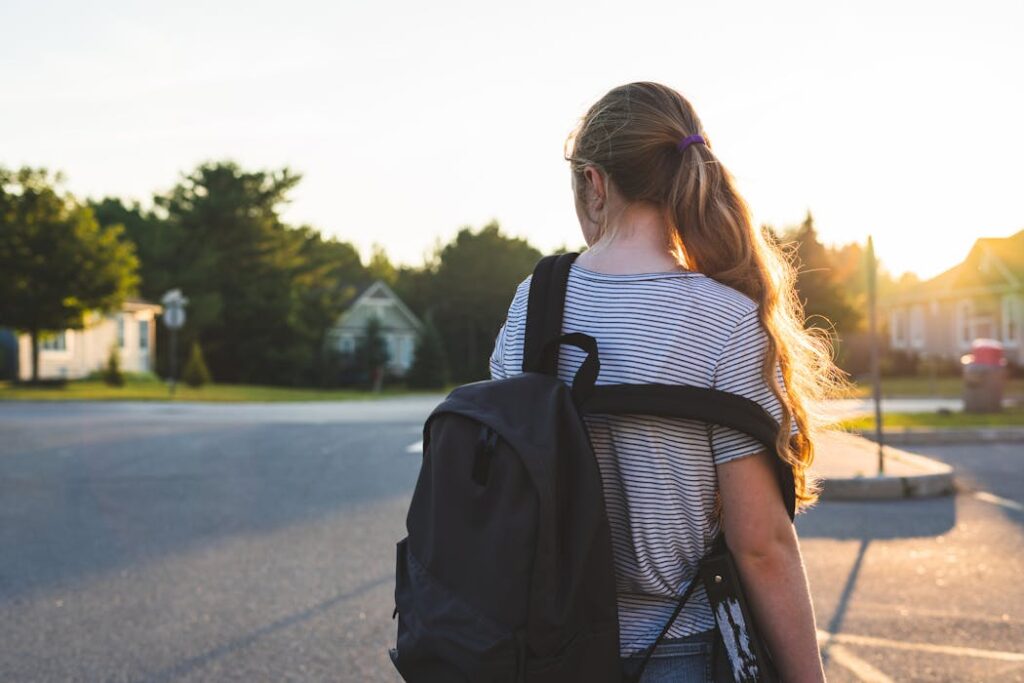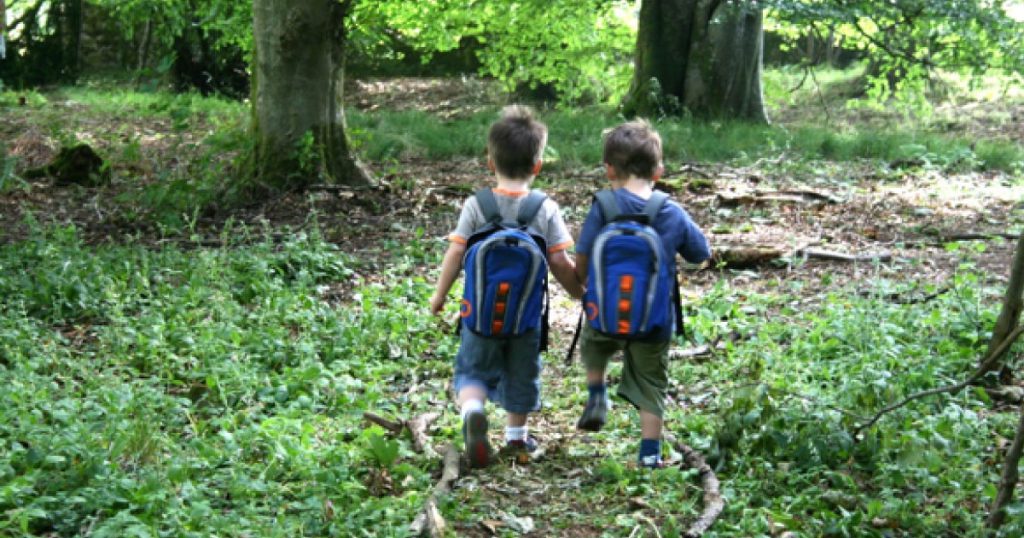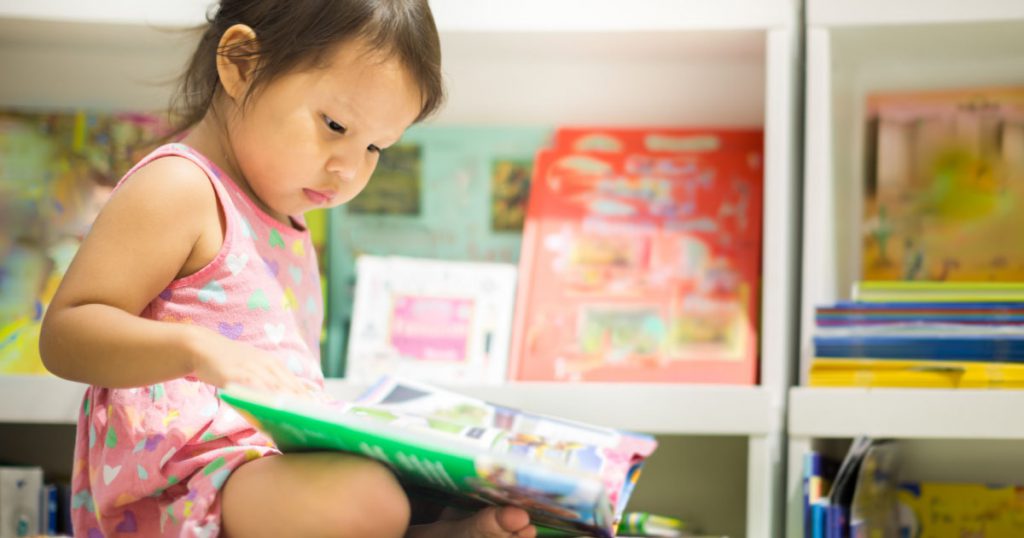
Suspending or expelling a student is the most serious disciplinary measure available to schools.
Research tells us it can have a negative impact on a students’ learning, their connection to school and mental health.
Students who have been suspended are also more likely to go on to have contact with the criminal justice system due to lack of adult supervision, association with older antisocial peers, and negative impacts on essential skills like reading.
This is why student discipline policies and procedures say they should only be used as a last resort.
But how are schools using these measures?
In a new study, we tracked New South Wales public school students over a decade. We found many students were repeatedly suspended. We also found disadvantaged students were more likely to be suspended or expelled.
Our research
Our research used data from the NSW Child Development Study to track suspensions and expulsions among a group of almost 72,000 students who attended public schools in New South Wales. This represented almost one fifth of all Australian school students at the time.
It provides the first, large-scale analysis of suspension and expulsion data over a ten year period, following the same students from Year 3 to Year 12, from 2012 to 2021.
Almost 1 in 5 students were suspended during their school career
According to the NSW Department of Education, about 4% of students in the state’s public schools are suspended or expelled in any calendar year.
But these figures understate the true scale of the practice, because they do not capture the accumulation of suspensions and expulsions by the same students over more than one year.
Instead of looking at exclusions in a single year, we studied students over ten years. This showed 19% of the 72,000 students in our group were suspended or expelled at least once between Year 3 and Year 12.
In most cases, students were suspended. Less than 1% were expelled.
As noted in other Australian research, the use of suspensions/expulsions escalates in junior high school (Years 7-10). Our data also shows this pattern, with more than two-thirds (71%) of suspensions/expulsions happening during these pivotal years of school.
Why are students suspended or expelled?
Most suspensions were given for “aggressive behaviour” (52%) and “continued disobedience” (31%).
More serious categories, like “physical violence” and “persistent and serious misbehaviour” accounted for 10% and 12% of suspensions/expulsions respectively.
Illegal behaviours (involving things like weapons and drugs) contributed less than 5% of suspensions/expulsions.
Things build over time
About 40% of students who were suspended received just one suspension. But about 60% of students were suspended or expelled multiple times.
As shown in the chart below, almost half (45%) of all suspensions/expulsions went to just 13% of students who were suspended/expelled nine times or more. The highest number of suspensions/expulsions among these individuals was 54.
The earlier students were suspended/expelled, the more likely they were to be suspended/expelled again.
One in two students (54%) who were first suspended/expelled during primary school had repeat suspensions/expulsions. Only two in five students (40%) first suspended/expelled during high school had repeat suspensions/expulsions.
Children disappear from the system
A sharp drop in suspensions of students in Years 11 and 12 has been noted in previous research.
However, our research suggests there is a relationship between being suspended/expelled and leaving school early.
As shown in the chart below, by Year 12, almost half (48%) of the students who had received at least one suspension in the previous ten years were no longer enrolled in a NSW public school.
Which students are being suspended the most?
Our research shows students who are already disadvantaged are more likely to be suspended from school.
Students living in the most socioeconomically disadvantaged areas, students with unemployed parents, those living in regional, remote, and very remote areas, were all significantly over-represented in the data.
These effects became more pronounced as the number of repeat suspensions rose. For example, children of unemployed parents were almost three times as likely as their peers to experience a single suspension/expulsion, but around ten times as likely to experience 16 or more suspensions or expulsions.
Boys were also much more likely to be suspended/expelled than girls. They were about twice as likely as girls to be suspended/expelled once, but around ten times as likely to be suspended/expelled 16 times or more.
In our previous study in this sample, we found other vulnerable students, such as those with emotional and behavioural disability or maltreated children, are also overrepresented in the data.
Read more:
Expelling students for bad behaviour seems like the obvious solution, but is it really a good idea?
What does this mean?
Our findings suggest there are two different issues at play.
First, schools are turning to the “last resort” of suspending or expelling students for behaviours that can and should be managed within the school using tried and tested approaches that aim to educate a student, rather than punish or push them out.
The problem with turning to the last resort too early is students become desensitised to being suspended and schools have nothing left in the toolkit when behaviours escalate. This pattern becomes clear when children are followed over time.
Some students need more support
The second issue is some students need far more intensive academic, emotional, and behavioural support. These students are concentrated in schools serving disadvantaged communities.
System-wide improvements in behaviour management will help address low-level behaviours. But this will not help some students with disability or those who have experienced trauma who may require intensive support and educational adjustments. This is particularly so if these students are concentrated in certain schools or areas.
Here, we can learn from public school systems in Los Angeles, New York and Chicago, where a comprehensive approach to supporting students’ academic, social-emotional and behavioural development has been introduced. School suspensions have been reduced and school safety, student engagement and achievement have increased.
The NSW student behaviour policy on suspensions and expulsions was revised in 2024 to place some limitations on the use of suspension and expulsion in public schools. Further research will be needed to examine the effect of that change.
However, school suspension and expulsion rates like those identified by this study are an indication some schools need more help to support the students in their local communities.
![]()
Kristin R. Laurens received funding for this research from the Australian Research Council, National Health and Medical Research Council of Australia, and the Medical Research Future Fund.
Lauren M. Piltz receives funding from the Australian government Research Training Programme Stipend scholarship, administered by the Queensland University of Technology.
Linda J. Graham receives funding from the Queensland government’s Education Horizon scheme.
Read More: Read More



